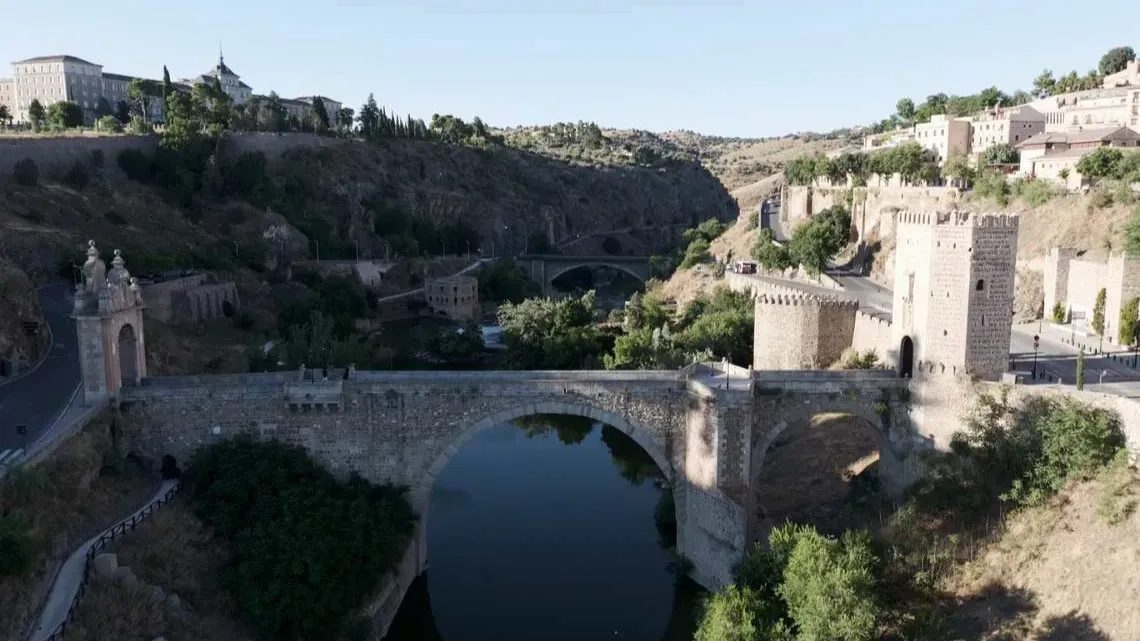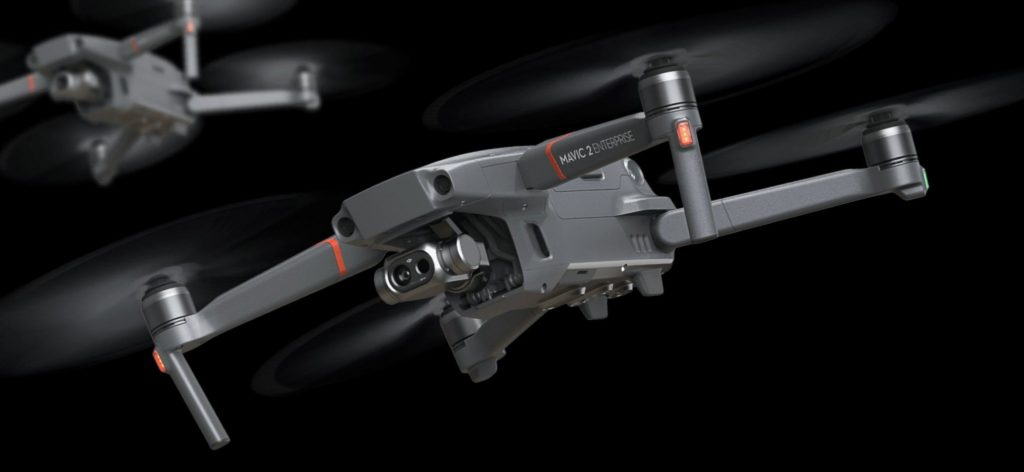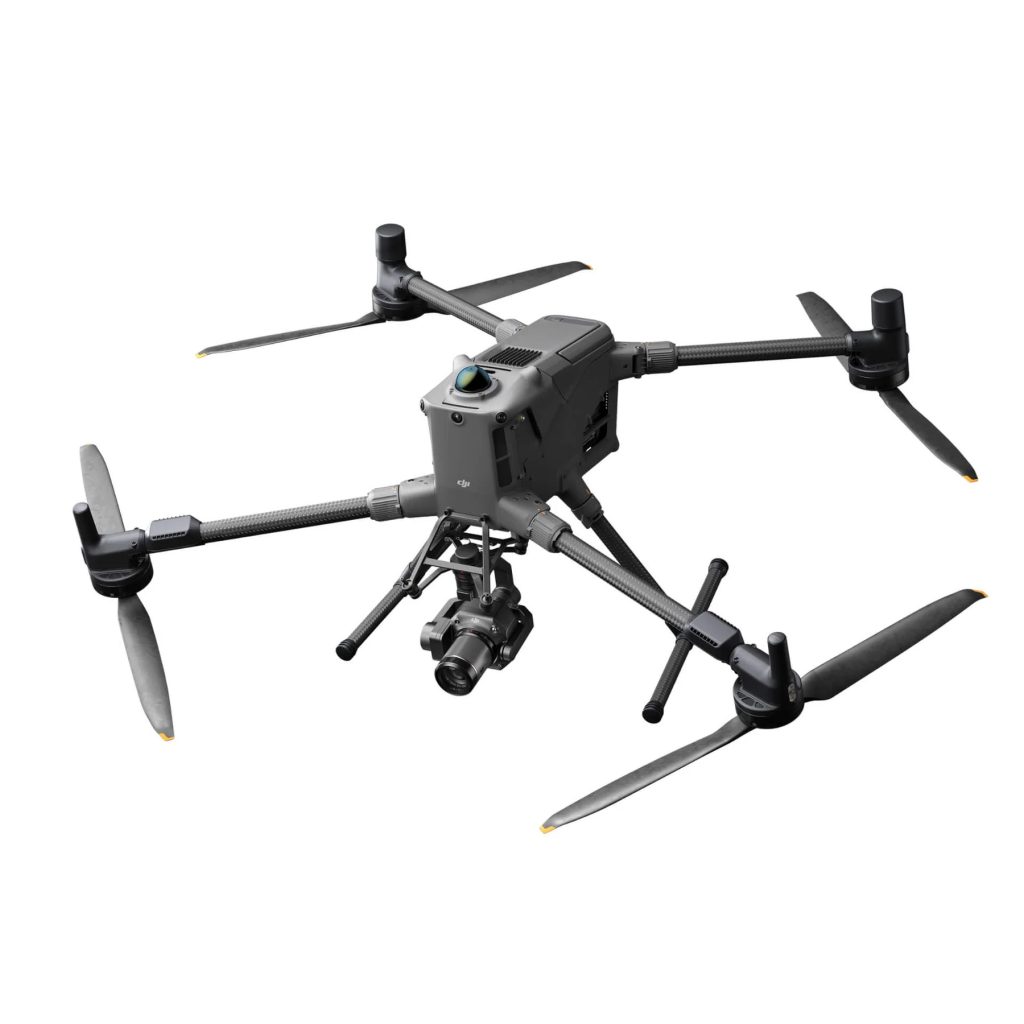
In the heart of Toledo, Spain, the ancient Alcántara Bridge stands as a testament to Roman engineering, having withstood the test of time for centuries. Today, preserving such historical marvels is paramount, and modern technology offers innovative solutions to document and maintain these structures. One such advancement is the creation of digital twins—precise digital replicas of physical entities—that aid in conservation and infrastructure management.
The Role of Digital Twins in Heritage Conservation
Digital twins serve as comprehensive digital representations of physical structures, providing detailed insights into their current state. For historical sites like the Alcántara Bridge, digital twins facilitate:
Preservation Planning: Enabling informed decision-making for restoration efforts by providing accurate and up-to-date information.
Detailed Documentation: Capturing intricate architectural details that may be challenging to record through traditional methods.
Structural Analysis: Allowing experts to assess the integrity of the structure and identify areas requiring maintenance.
Leveraging Drone Technology for Accurate Modeling
The creation of a digital twin for the Alcántara Bridge was accomplished using the DJI Mavic 3 Enterprise (M3E) drone. This advanced tool offers features that are particularly beneficial for such projects:
High-Resolution Imaging: Equipped with a high-quality camera, the M3E captures detailed images essential for creating accurate 3D models.
Smart Oblique Capture: This feature allows the drone to capture images from multiple angles, ensuring comprehensive coverage of the structure.
Methodical Mission Planning
A well-structured mission plan was pivotal in capturing the necessary data for the digital twin. The approach included five distinct missions, each targeting specific aspects of the bridge:
Manual Mission (Underneath the Bridge): Required skilled manual piloting to capture images from beneath the bridge, filling in data gaps and ensuring a complete model.
Geometric Mission (Pillars – One Side): Focused on capturing a 360-degree view of the bridge’s pillars to ensure detailed reconstruction.
Slope Mission (North Side): Aimed at documenting the vertical aspects of the bridge’s north side, utilizing real-time monitoring to make necessary adjustments during data capture.
Geometric Mission (South Side): Ensured comprehensive scanning of the bridge from the south, complementing data from other missions.
Safety and Compliance Considerations
Operating in historical and populated areas necessitates strict adherence to safety protocols and regulatory compliance. Prior to the mission, necessary permissions were obtained, and safety features of the M3E, such as advanced obstacle avoidance, were leveraged to navigate the complex environment safely.
The Impact of Digital Twins on Preservation Efforts
The resulting digital twin of the Alcántara Bridge provides invaluable benefits:
- Enhanced Inspection Capabilities: Surveyors can closely examine the structure in a virtual environment, identifying potential issues without physical intrusion.
- Data-Driven Decision Making: Accurate models inform maintenance and restoration strategies, ensuring interventions are precise and effective.
- Educational and Cultural Preservation: Digital twins serve as educational tools, allowing future generations to explore and learn about historical structures in detail.
The integration of drone technology and digital twin creation marks a significant advancement in heritage conservation. As demonstrated with the Alcántara Bridge, these methods not only preserve the past but also empower us to manage and protect our cultural landmarks with unprecedented precision and care.
Download our FREE GVC Training Guide
Learn everything you need to know about becoming a drone pilot with our GVC training guide.
- Get a full course roadmap to understand every step of the journey
- Contains clear answers to all of the frequently asked questions
- Get a transparent and comprehensive breakdown of course costs













